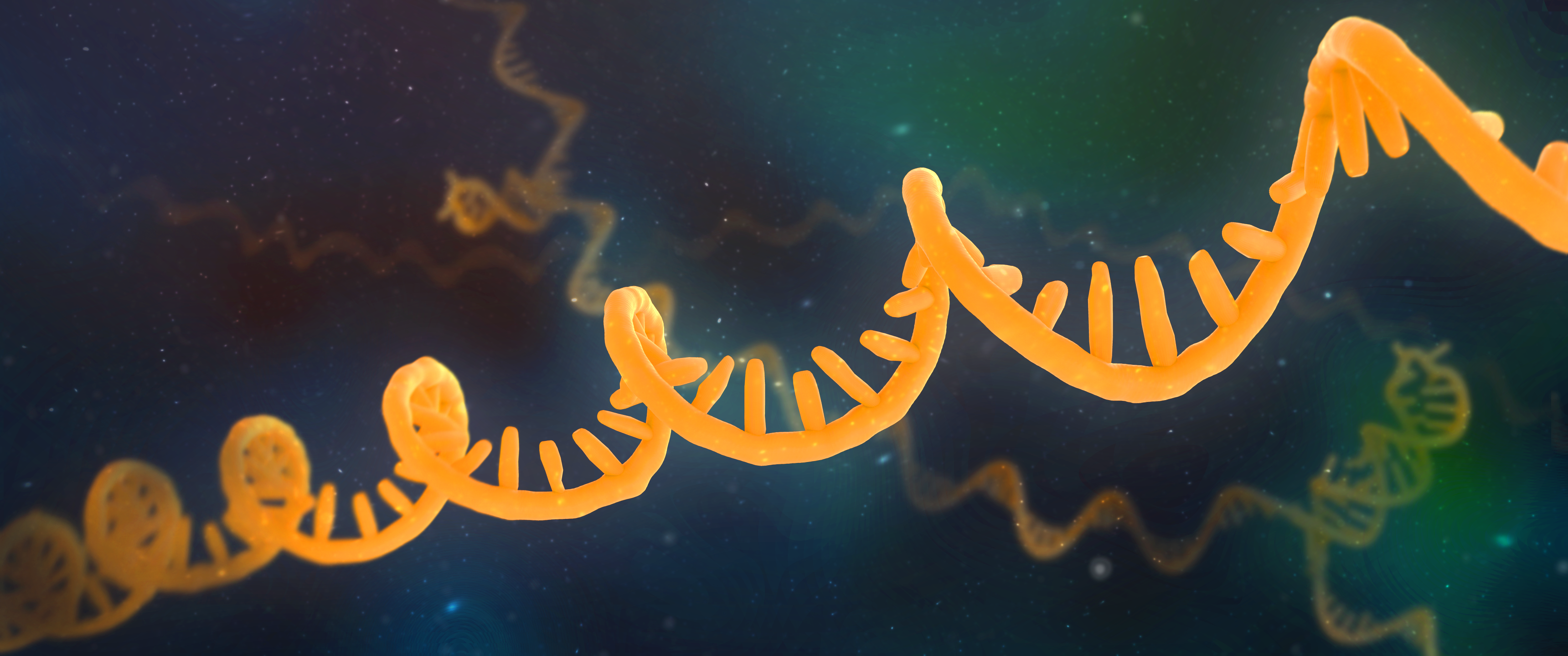Welcome to the DREEM webserver
DREEM is a set of computational tools to analyze chemical probing data from dimethyl sulfate mutational profiling with sequencing (DMS-MaPseq). The tool takes as input raw sequencing files and target RNA sequence and outputs the DMS reactivity per nucleotide, which is used to determine the RNA structure. This website is free and open to all users and there is no login requirement.


Submit your mutational analysis profiling (MaP) job
This server generates the population average for MaP experiments. The server accepts a FASTA-formatted file containing the sequences of target RNAs as well as FASTQ-formatted files containing the raw sequencing reads from an illumina-based sequencer. To limit how long it takes to run jobs, this webserver has a limit of 1000 reference sequences. We recommend ziping your fastq files if they are larger 50 Mb. If dealing with very large fastq files please consider using a local copy of DREEM. Don't know where to start? Download example input
Frequently asked questions (FAQ)
Answers for the most common questions
What are MaP experiments?
How is the analysis performed?
How to predict a secondary structure with MaP results?
What is the expected FASTA file format?
What is the expected FASTQ file format?
How to normalize MaP results?
Upload is slow for large FASTQ files
This webserver can accept zipped FASTQ files. Consider zip compressing your files before submitting them to reduce upload time.
What is the expected FASTA file format?
FASTA format is a text-based format for representing DNA sequences. must formatted as below. With an '>' followed by name. There should be no spaces in-between '>' and the sequence name. Next line contains the DNA sequence (all Us should be Ts). See entire example below. Download example FASTA file.
GGCCAAAACAACGGAATTGCGGGAAAGGGGTCAACAGCCGTTCAGTACCAAGTCTCAGGGGAAACTTTGAGATGGCCTTGCAAAGGGTATGGTAATAAGCTGACGGACATGGTCCTAACCACGCAGCCAAGTCCTAAGTCAACAGATCTTCTGTTGATATGGATGCAGTTCAAAACCAAACCAAAGAAACAACAACAACAAC
If you have multiple reference sequences must not contain empty lines
GGAAGATCGAGTAGATCAAAGTTGATATGGATTAGCAAGGACATGCAGAGCAAGGGGGAAACTTCACCTCTGCAACAGCCACCTAGTCCTAAGTCAACAAAGAAACAACAACAACAAC
>seq_2
GGAAGATCGAGTAGATCAAAGTTGATATGGTTAACACCCGATGATGGAAGGTAGGAGCAACGTTGGCAGGGGAAACTTTGCCAACGGCCTACTGGACATCGGCAAGTTAACCTAAGTCAACAAAGAAACAACAACAACAAC
>seq_3
GGAAGATCGAGTAGATCAAAGTTGATATGGTGGATAGTGACATGAATTCTCAGGGGAAACTTTGAGAATTCAACAGCACAAGAAGCCTAAGTCAACAAAGAAACAACAACAACAAC
>seq_4
.
.
.
What is the expected FASTQ file format?
FASTQ format is a text-based format for storing DNA sequences with corresponding quality scores. These quality scores define how likely a given nucleotide is to be correctly read via sequencing. Below is an example of a properly formatted FASTQ file. Each read contains 4 lines. (1) the name of the read, (2) the read sequence, (3) '+', and (4) the read quality by nucleotide. Download example FASTQ file
GGAAGATCGAGTAGATCAAAGGACGTATGGCGGGCGGCCGAGACCCCGAACTACGAGGAACAGAGGAAACTCTACCCCTCGCGGGGTCGTTTGACGCCGCCCGCCTAAGCGT CCAAAGAAACAACAACAACAACAGCCACCCAGGCAGATC
+
FFFFFFFFFFFFFFFFFFFFFFFFFFFFFFFFFFFFFFFFFFFFFFFFFFFFFFFFFFFFFFFFFFFFFFFFFFFFFFFFFFFFFFFFFFFFFFFFFFFFFFFFFFFFFFFF FFFFFFFFFFFFFFFFFFFFFFFFFFFFFFFFFFFFFFF
How to normalize MaP results?
If performing RT with the TGIRT or Marathon the background is low enough that no normalization is required. If chemical probing is done with SSII/mn2+ then normalization may be required. We suggest running two seperate jobs. One with the chemical modified data and one with a no-modification (nomod). With the data from both runs you can normalize either by dividing or substracting out the nomod condition. For more information please consult the following publications: (1) and (2)